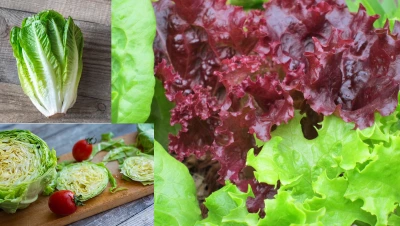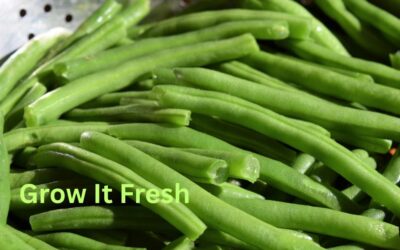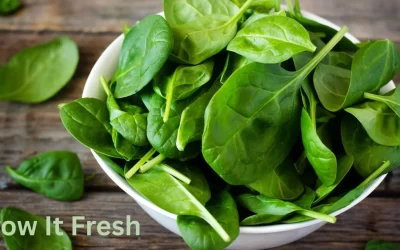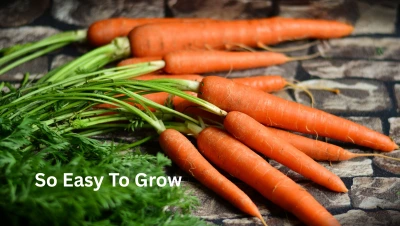When you choose to grow lettuce, you will soon discover it is one of the easiest and most rewarding vegetables to grow and doesn’t require a massive green thumb to master. This makes it a perfect choice for both beginner and seasoned gardeners. Whether you’re planting in the backyard, pots and planters, a raised bed, or even a window box, lettuce thrives in cool weather and delivers fresh, nutrient-rich greens for salads, wraps, and more.
Table of Contents
Why Grow Lettuce?
Did you know that in 2023, the average person in America purchased, ate, or tossed over 30 pounds of lettuce?
Lettuce grows quickly, requires minimal space, and can be harvested multiple times with the right techniques. When you grow lettuce yourself you will find it’s significantly more flavorful than store-bought, and can save you both time and money. Additionally, we all benefit from reduced packaging waste.
Types of Lettuce
When you start to grow lettuce in your garden, you will find there are four main categories, each offering different flavors, textures, and varried growing habits:
- Leaf Lettuce – Loose leaves; the easiest to grow. (e.g., Black Seeded Simpson, Red Salad Bowl)
- Romaine (Cos) – Upright heads with crisp texture. (e.g., Parris Island Cos)
- Butterhead – Soft, tender leaves with a buttery flavor. (e.g., Bibb, Buttercrunch)
- Crisphead – Tightly packed heads like iceberg; more sensitive to heat. (e.g., Great Lakes)
When to Plant
Lettuce prefers cool weather, ideally between 45–75°F (7–24°C). So it can be more challenging to grow during the heat of the summer. In most regions, you can grow:
- Spring Crop: Start 2–4 weeks before the last expected frost in your area.
- Fall Crop: Plant in late summer as temperatures begin to drop.
In warmer climates, you can also grow lettuce through the winter with a bit of protection.
Where and How to Plant
- Sunlight: Lettuce grows best in full sun but benefits from partial shade in warmer months.
- Soil: Loose, well-draining soil with high organic matter. Aim for a pH between 6.0 and 6.8.
- Spacing: Sow seeds 1/4 inch deep. Thin seedlings to 4–6 inches apart for leaf varieties, 8–12 inches for head varieties.
- Square-foot gardens allow you to grow lettuce by planting 4 plants per square foot.
For containers, choose shallow pots (6+ inches deep) with good drainage.
Watering and Maintenance
Lettuce needs consistent moisture to grow well and avoid bitterness:
- Keep soil evenly moist but not soggy. A good, well-draining soil is key.
- Water early in the day to reduce the risk of stress and disease.
Apply mulch to retain moisture and suppress weeds. You can also use row covers to protect from pests and provide shade in hot weather.
Harvesting Lettuce
- Leaf varieties: Snip outer leaves as needed, allowing the center to continue growing.
- Head varieties: Harvest the entire head when firm and full.
- For all types, harvest before the plant bolts (sends up a flower stalk), which makes the leaves bitter.
Succession planting (every 2–3 weeks) ensures a continuous supply.
Common Pests and Problems
- Aphids and slugs are the most common pests. Use neem oil, insecticidal soap, or hand removal.
- Bolting happens in hot weather—choose heat-tolerant varieties or plant earlier/later in the season.
- Root rot or mold? Avoid overwatering and improve air circulation.
Conclusion
When you grow lettuce at home with just a bit of planning and care, you can be rewarded with fast-growing, delicious greens nearly year-round. It has shallow roots and matures very quickly, making it ideal for gardeners of all skill levels. Whether tucked into a backyard row or a sunny window box, fresh lettuce is just a few weeks away from your family table.





0 Comments